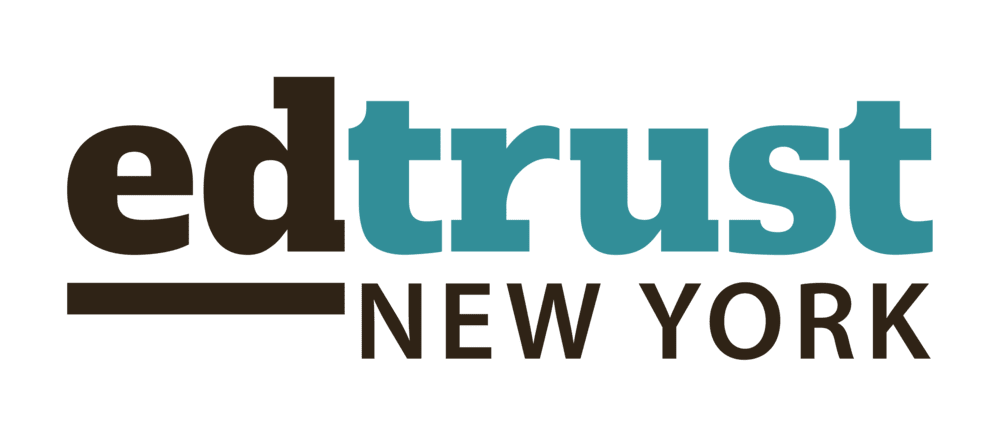Principle 8: Innovative professional learning invigorates and inspires teachers to try new things.
Principle 10: Student experiences — in and out of the remote classroom — build school community and culture
The shift to remote planning has been twofold; switching mindset for both lesson planning and working with the new science standards (NYSSLS).
Before the pandemic, science teachers in our region were getting together and working to get a jump start on implementing NYSSLS. When our actual teaching went remote, I had to shift gears to think about how to best engage students. I now believe that blending these two areas of work is one of the best ways for me to move forward.
When teaching went remote in March, the work we had been doing with the new standards was put on hold. The new standards are less about a change in content, and more about focusing on inquiry and phenomena, and student-focused learning. So I’ve been working to come up with some ideas to bring teachers back together to continue this conversation.
It’s difficult to find the time with so many people’s focus being on massive physical changes to their spaces, but it’s important work. One of the most critical pieces in this work is putting together resources we can use locally so that we’re not all trying to reinvent the wheel. And that’s where the idea of storylines comes in.
The storyline is like a big, overarching unit, and it might include a bunch of what we would traditionally call our individual units, that are tied into phenomena that students can relate to. It’s to get students thinking about “what if” and “how come.” In our work prior to March we were moving toward looking at storylines as a region, and how to make science more phenomena/inquiry-based. Our next step had been to familiarize everyone with storylines and make sure we were all moving forward together. So now we’re trying to balance that work with the professional development that’s happening around remote learning.
In the meantime, I got the chance to try a storyline approach out in my own classes this spring. While it wasn’t how I had planned on implementing my spring lessons, I wound up putting together a final project where students tied together a bunch of the concepts we had talked about during the year in a way that opened the door for individual inquiry and group feedback. As far as planning goes, I definitely had to get a little more creative — particularly with science being so traditionally hands-on. I found myself switching to more of an inquiry/discussion model. I used a lot of breakout rooms to get students talking together and asking questions.
One of my big takeaways was that letting go of a little bit of my control as a teacher was actually really helpful. For their final project, I opened it up so students could choose anything in New York State to study, where typically I would have put together a list of organisms I found of greatest importance. But I had to keep equity in access to information and resources in mind.
I had kids looking at everything from bacteria to cats and dogs. They had to do a bit of research and create or find a data set to look at and come up with a hypothesis. Once they had done some of their work, I had them start sharing what they had produced so far, and that’s where the discussion came in. The whole point was to get them to dig a little bit deeper. It got them talking to each other, giving each other ideas, encouraging each other. And what I realized was that it didn’t matter if we were talking about a dragonfly, a pig, or honeybees — they were still building the science (and life) skills of inquiry that are going to carry them forward in their education.
My other big takeaway, whether it’s curriculum planning within the region, or planning to teach a class, is that personal and social interactions are incredibly valuable to educational success. When we went remote, we lost some of the spontaneity of those interactions — passing someone in the hall, or catching up with someone after class — and as remote learning and planning continues, we need to find new ways of creating and maintaining those interactions.
Mollie Burgett is the science curriculum coordinator for Middleburgh Central School District in upstate New York. She teaches living environment and Advanced Placement environmental science.
